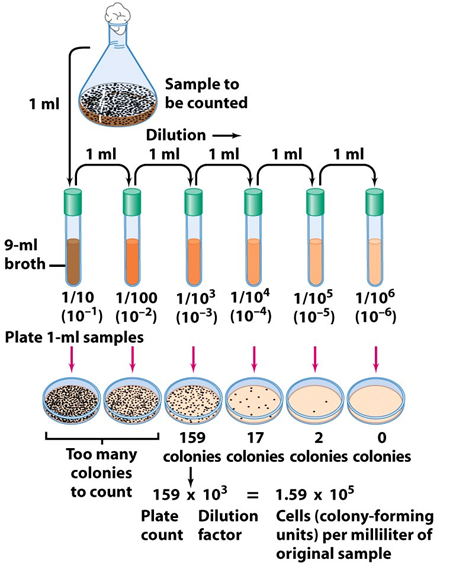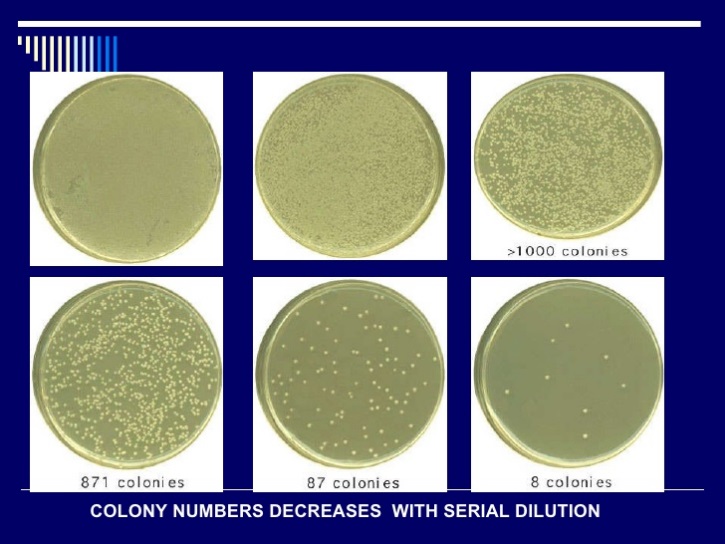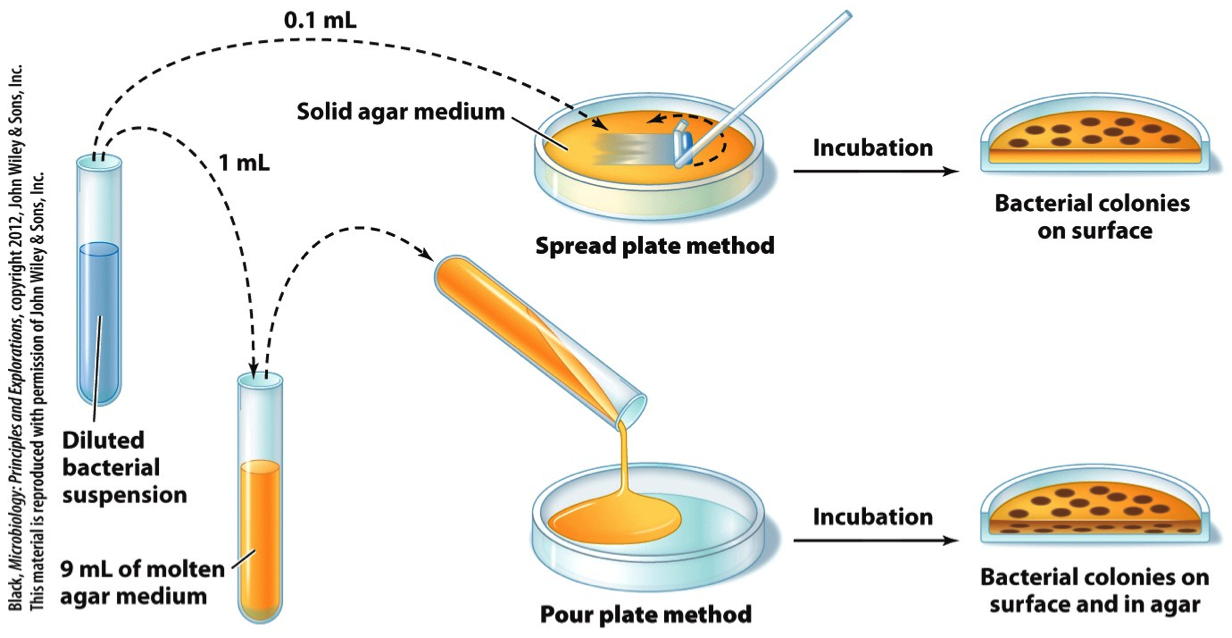General Information
| Storage instruction | Storage at room temperature |
|---|
Description
Plate Count Agar is a non-selective medium for the plate count of microorganisms in water, milk and other dairy products.
Application
PCA medium is used to detect microbial content in food, dairy products, absorption, cosmetics.
It is used for both standard methods and automated spiral plate counting methods.
Formulation
The formulation for 1 liter is: 5 g Enzymatic Digest of Casein, 2.5 g Yeast Extract, 1 g Dextrose (Glucose), and 15 g agar.
Preparation
- Suspend 23.5 g of powder in 1000 mL of distilled or deionized water.
- Mix until completely dissolved.
- Sterilize in autoclave at 121°C for 15 minutes.
- Cool to 40-50°C in a temperature-controlled water bath.
- Pour into plates.
Test Procedure
Serial dilution and inverted plate method of total colony count
- Perform serial dilutions of the test sample in order to achieve a colony count of between 15 and 300 colonies per plate. Use a suitable diluent such as Buffered Peptone Water (ref. 24099) or Maximum Recovery Broth (ref. 20071).
- Inoculate the medium by spread plating, pour plating or membrane filtration method.
- Incubation conditions may vary depending on the organisms under study. For a general aerobic count, incubate aerobically at 30°C for 72 hours.


- Spread Plate Method:
- Prepare decimal dilutions in sterile diluent to obtain 30-300 CFU per plate.
- Aseptically inoculate agar surface with 0.1ml of well mixed diluted sample.
- Using a sterile spreader device, spread the dilution evenly over the surface of the agar.
- Incubate plates aerobically for 48 +/- 2 hours at 35ºC.
- Pour Plate Method:
- Melt agar by placing in a boiling waterbath until liquified.
- Cool media to 45-50ºC. Maintain in a 45-50º waterbath until ready to pour.
- Prepare decimal dilutions in sterile diluent to obtain 30-300 CFU per plate.
- Place a 1ml inoculation into a sterile petri plate.
- Aseptically pour approximately 18ml of the cooled media (45-50ºC.) over the inoculum. Carefully swirl the plate to mix the inoculum evenly.
Note: After autoclaving, do not heat media longer than three hours at 45-50ºC. Sterile solidified medium can only be re-melted once. - Allow media to solidify.
- Incubate plates aerobically for 48 +/- 2 hours at 35ºC.

Calculation
- Counting rules:
- Select the plate with colony growth number between 30-300 CFU to count.
- Plates with larger flaky growth colonies should not be used.
- If the flaky colonies are less than half of the plate, and the other half of the plates are evenly distributed, calculate the half of the uniform distribution and multiply by 2.
- If there is chain growth without obvious boundaries between the colonies on the plate, each single chain is counted as a colony.
- When the number of colonies is less than 100CFU, the contract will be revised according to the "rounding" principle and reported as an integer.
- When the number of colonies is greater than or equal to 100CFU, after the third digit is rounded off using the "rounding" principle, the first two digits are taken, and then 0 is used to replace the digits; it can also be expressed in the form of an exponent of 10, according to "rounding" After rounding off the principle, two significant digits are used.
- If the colonies are spread on all the plates and cannot be counted, report the colony spread.
- If there is colony growth on the blank control, the test result is invalid.
- For weighing samples, fill in the report in CFU/g. For volume sampling, fill in the report in CFU/ml.
- Counting methods:
- If the number of colonies of only one dilution plate is within the appropriate range, then calculate the average number of colonies of the two dilution plates, and multiply it by the dilution factor as the result of the total number of colonies per gram or milliliter of sample.
- If there are two serial dilutions of plate colonies that are in the appropriate range, then calculate according to the following formula:

N = Number of colonies in the sample
ΣC= The total number of plate colonies of CFU suitable for the range
n1 = Number of plates (1st dilution)
n2 = Number of plates (2nd dilution)
d = dilution factor
- Example:
1st dilution: 1:100 dilution; 2 duplicated plate; number of colonies are 232 and 244
2nd dilution: 1:1000 dilution; 2 duplicated plate; number of colonies are 33 and 35

So, number of colonies in the sample is 25000 CFU/ml.






.png)